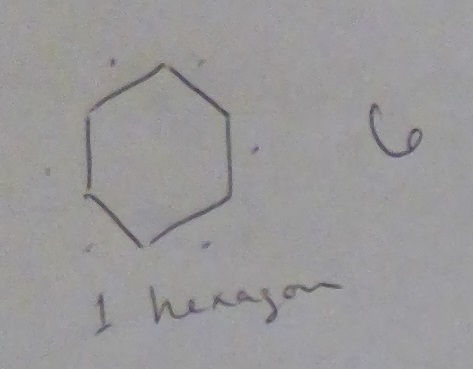More Too Many Monkeys
- Matt Felton-Koestler
- Aug 13, 2017
- 3 min read
Last time I talked about how the game Too Many Monkeys can be great for helping children build their understanding of the counting sequence. We don't play Too Many Monkeys that often anymore, but we did recently. I was also trying to get the kitchen straightened up between turns, so I gave Parker a challenge. I had won two rounds in a row, so I told Parker to arrange P's face down cards so P would win right away.
Another important rule
Last time I explained that you put six cards face down in front of you. Then you take turns drawing cards and if you draw a 1 you would put that in your first spot, a 5 would go in your fifth spot, and so on. There's another important rule that I didn't mention. When you draw a 1 and put it in your first spot, you flip over the card that was already there to see what it was and then you get to use it. If it's, say, a 2, then you can put that in your second spot, and again you'll flip over the card that was there. In this way it's possible (although unlikely) to win in one turn.

Look at those crazy monkeys!
So how did Parker do?
Okay. Sort of. Parker only tried once or twice before we got distracted by something else. P put a 1 face down in the first spot, a 2 in the second spot, and so on. This isn't really helpful though, because if you get a 1 then finding another 1 underneath doesn't help. However, I do think it shows some initial strategizing and understanding of the relationship between the cards and where they have to go. My hunch is that after a couple more attempts Parker might have figured it out.
This also shows one of children's (and adults!) preferred strategies for solving new problems they don't have an existing plan for: they like to directly model it. That is they like to act it out/play it out. For example, in solving the problem "You have 3 marbles. Your friend gives you 2 more marbles. Now how many marbles do you have?" the first strategy young children invent on their own is to get out 3 things (usually blocks are available in a classroom), then get out 2 more, push the piles together and count the total. They acted out the story in a pretty literal fashion (i.e., they directly model it).
Open vs. Closed questions
Below I pose a question (I'd love to hear from you in a comment). Originally I was going to ask "what are all the ways you could arrange your cards so that you would win in one turn?" While I think this is still a pretty good question, I think my new question (below) is better. The old question is closed, meaning there's one right answer. The new question is open to multiple answers—it's about what you could find, not having to find them all.
Using open questions is a key part of child-centered teaching because it allows children more room to bring their own knowledge and ways of thinking to the problem. This also means that good open questions allow a broad range of learners to be challenged at the same time.
In a classroom where you had established a culture of not focusing on the single correct answer and more on the strategies and ideas that went into it, either question would probably be fine, but the first question is an important step towards establishing that kind of culture.
Question (please post a comment!)
How many ways can you come up with to arrange your cards so that you could win in one turn?


Comments